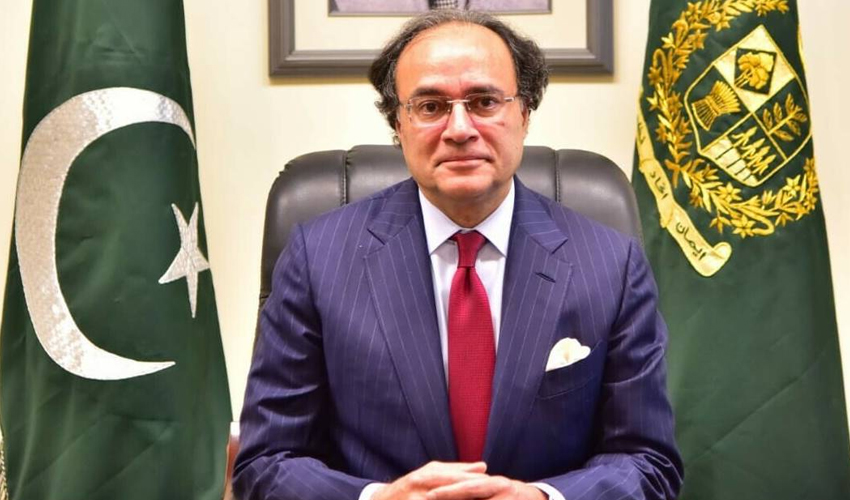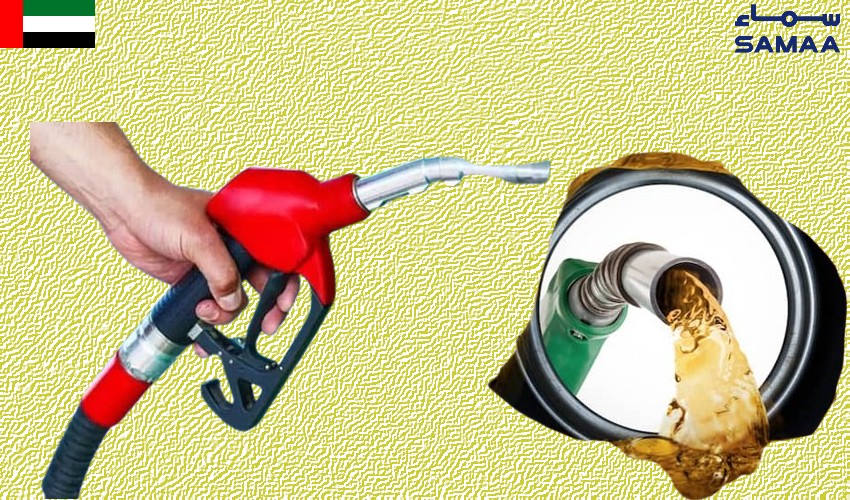Finance Minister Muhammad Aurangzeb has said that the pace of CPEC projects has been slow in recent years, while work is being carried out to bolster revenue in the second phase of the multi-billion-dollar project.
In an exclusive interview to a foreign media outlet in Washington, the minister said that the country's economy was improving even before the new loan program from the IMF. He also noted stability in the Pakistani rupee and a downward trend in inflation rates.
Aurangzeb said that Pakistan's IT sector had reached $3.4 billion, and next year it could go up to $4.5 to $5 billion. The agricultural sector is also recovering from the effects of floods, but he acknowledged the challenges facing the industrial sector, citing pressures stemming from energy costs and high-interest rates.
According to the finance minister, there is a possibility of foreign investment through SIFC, while inflation had come down from 38% to 21%, and by the end of 2025, the level of inflation will remain below 10%.
He also projected a modest decline of 6% to 8% in the value of the rupee annually, emphasizing the current stability of the currency. Aurangzeb expressed confidence in the growth of remittances, anticipating an increase to $29 billion this year.
He outlined the government's ambitious agenda for economic reforms, spanning various sectors, including taxation and energy. He revealed that the size of the new loan program from the IMF will be determined during an upcoming IMF mission visit next month.
The FM concluded by highlighting the government's commitment to advancing economic reforms over the next three years, underscoring ongoing efforts to foster sustainable growth and prosperity in Pakistan.



























